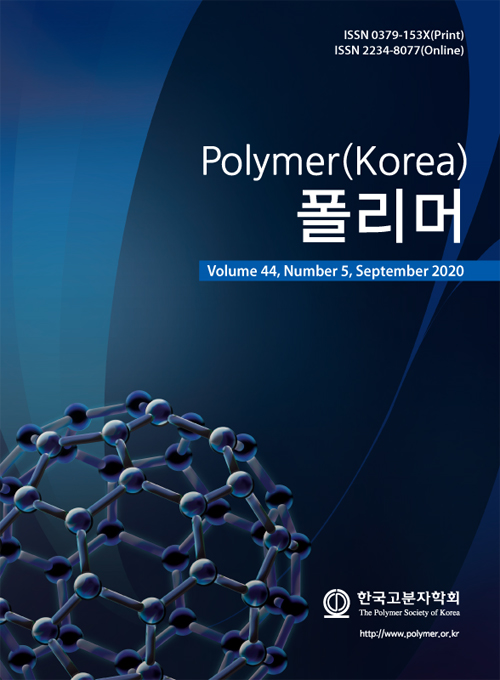- Effects of the Thickness of Ion Exchange Polymers Coated onto the Carbon Electrodes and Desorption Potentials on the Desorption Performance in Capacitive Deionization Process
Department of Chemical Engineering, Hannam University, 1646 Yuseongdae-ro, Yuseong-gu, Daejeon 34054, Korea
- 축전식 탈염공정에서 탄소전극에 코팅된 이온교환 고분자의 두께와 탈착전위가 탈착 성능에 미치는 영향
한남대학교 화학공학과
The effects of the thickness
of the ion exchange polymers onto the carbon electrodes and the reverse
potential applied on the desorption process in the membrane capacitive
deionization process were investigated. Poly(ether ether ketone) (PEEK) was
used as the cation exchange polymer while polysulfone (PSf) was used as the
anion exchange polymer. The single and double coatings of the ion exchange
polymers were carried out and the reverse potentials of -0.3, -0.5, -1.0 V
were used. As the reverse potential was larger for the pristine carbon
electrode, it took for a longer time to reach the 0 of the effluent
concentration. The high effluent concentration of ca. 420 mg/L for the double coated
electrode was shown. In the desorption process, the larger reverse potential
was favorable since the time to the 0 effluent concentration took shorter as
the reverse potential increased.
탄소전극 위에 코팅된 이온교환막 층의 두께와 인가되는 역전위에
의해 막 결합형 축전식 탈염공정에서 탈착공정에 어떠한 영향을 끼치는지 조사하였다. 이온교환막은 양이온교환
고분자로서 폴리(이서 이서 케톤)(poly(ether ether
ketone), PEEK)을, 음이온교환 고분자로서 폴리설폰(polysulfone, PSf)을 사용하였다. 이온교환막의 코팅은 1회 및 2회를 실시하였으며 역전위는 -0.3, -0.5, -1.0 V가 사용되었다. 코팅되지 않은
전극에서 역전위가 클수록 배출수 농도가 0이 되는 시간이 길었는데 이는 전극의 기공 내에서 탈착하지 못하고 흡착되어 있던 염분자들이 높은 전위에서 탈착되는 것에 기인한다고 사료된다. 코팅의 두께가 클수록
탈착 시 배출수 농도가 높아 2회 코팅 시 약 420 mg/L의 농도값을 보여주었다. 탈착전위가 클수록 배출수 농도가 0으로 떨어지는 시간이 짧아지므로 탈착공정에서의 탈착전위는 큰 것이 유리함을 알 수 있었다.
Keywords: membrane capacitive deionization (MCDI), coating thickness, reverse potential, effluent concentration, desorption process.
- Polymer(Korea) 폴리머
- Frequency : Bimonthly(odd)
ISSN 0379-153X(Print)
ISSN 2234-8077(Online)
Abbr. Polym. Korea - 2023 Impact Factor : 0.4
- Indexed in SCIE
 This Article
This Article
-
2020; 44(5): 618-624
Published online Sep 25, 2020
- 10.7317/pk.2020.44.5.618
- Received on Mar 23, 2020
- Revised on Apr 14, 2020
- Accepted on Apr 14, 2020
 Correspondence to
Correspondence to
- Ji Won Rhim
-
Department of Chemical Engineering, Hannam University, 1646 Yuseongdae-ro, Yuseong-gu, Daejeon 34054, Korea
- E-mail: jwrhim@hnu.kr










 Copyright(c) The Polymer Society of Korea. All right reserved.
Copyright(c) The Polymer Society of Korea. All right reserved.